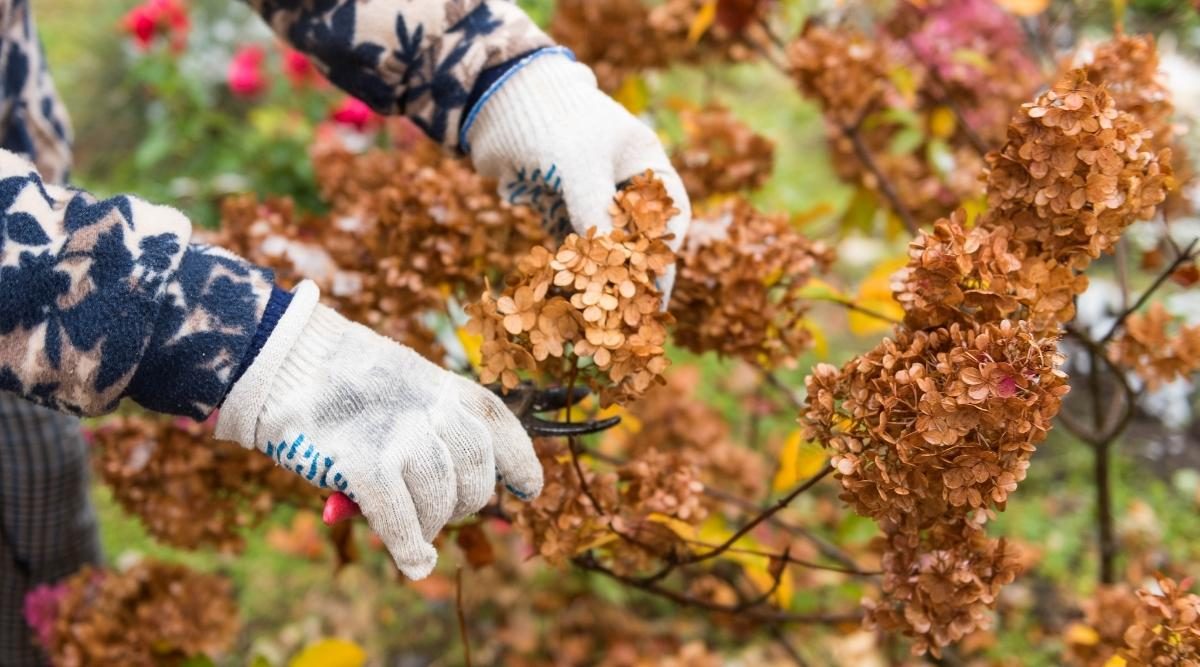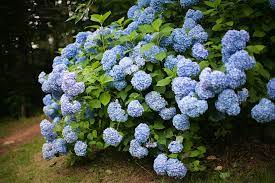Hey there, fellow green thumbs! Let’s talk about giving your hydrangeas a little haircut – because, let’s face it, even plants need a good trim now and then. First, you’ve got to play detective and figure out what type of hydrangea you’re dealing with. Are they bigleaf, oakleaf, panicle, or smooth hydrangeas? Knowing this is super important because each one has its own set of rules when it comes to pruning.
Tackling Bigleaf and Oakleaf Hydrangeas
Alright, let’s dive into the world of bigleaf and oakleaf hydrangeas. These beauties bloom on old wood, so you’ll want to be gentle. Here’s the deal:
- When to Prune: Grab your shears after they’ve stopped showing off their flowers, ideally within four to six weeks post-bloom. This timing is like hitting the sweet spot – it gives them a chance to prep for next year’s show.
- How to Prune: Think of it as a plant spa day. You’re there to thin out the oldies (stems, not songs) and trim down the long, gangly branches. This isn’t just about making them look pretty; it’s about giving them a new lease on life and keeping them healthy.

For the Panicle and Smooth Hydrangeas
Moving on to panicle and smooth hydrangeas – these guys are a bit more chill with their pruning needs. They bloom on new wood, so you’ve got more leeway.
- When to Prune: Late winter or early spring is your window. Before they start sprouting new growth, it is the perfect time.
- How to Prune: You can go a bit Edward Scissorhands on these (but, you know, safely). They can handle a good cutback. However, stay snip-happy; if you go all the way to the ground, you might end up with weaker stems and less showy flowers. And if you’ve got a panicle hydrangea that’sliving its best life as a tree, focus on thinning and tackling the branches that look like they’re fighting each other.
A Few Pruning Pro Tips
Whether you’re dealing with endless summer, old wood or new wood bloomers, here are a couple of tips to keep in your gardening toolkit:
- Moderation is Key: Stay moderate for the old wood crew. Pruning about a quarter to a third of the older stems annually is plenty.
- Shape and Health: It’s not just about cutting back; it’s about sculpting your plant into the best version of itself. Get rid of any branches that are crisscrossing or causing drama. It’s all about promoting healthy growth and keeping things tidy.
- Encouraging Growth: Pruning is like a pep talk for your hydrangeas. It encourages them to grow stronger and healthier.

FAQs in Relation to Hydrangea Tree Pruning
When should a hydrangea tree be pruned?
Pruning is best done when the hydrangea tree is dormant, typically between late fall and early spring.
What is the best way to prune a hydrangea tree?
The optimal pruning method depends on the species. Generally, remove dead or diseased branches year-round and trim back all branches in early spring before leaves unfurl.
Do you prune hydrangea trees in the fall?
Fall pruning can work for some types of hydrangeas, but it is generally recommended to prune during dormancy between late fall and early spring.
Should you cut dead flowers off hydrangea tree?
Cutting off spent blooms promotes healthier growth. However, dried flower heads of panicled hydrangeas offer ornamental value over winter with proper care.
Wrapping Up
So there you have it! Pruning hydrangeas doesn’t have to be intimidating. Remember to understand your hydrangea’s needs, prune with care, and always aim to keep your plant healthy and happy. With these tips, you’ll be on your way to having a garden that’s the envy of the neighborhood. Happy gardening!